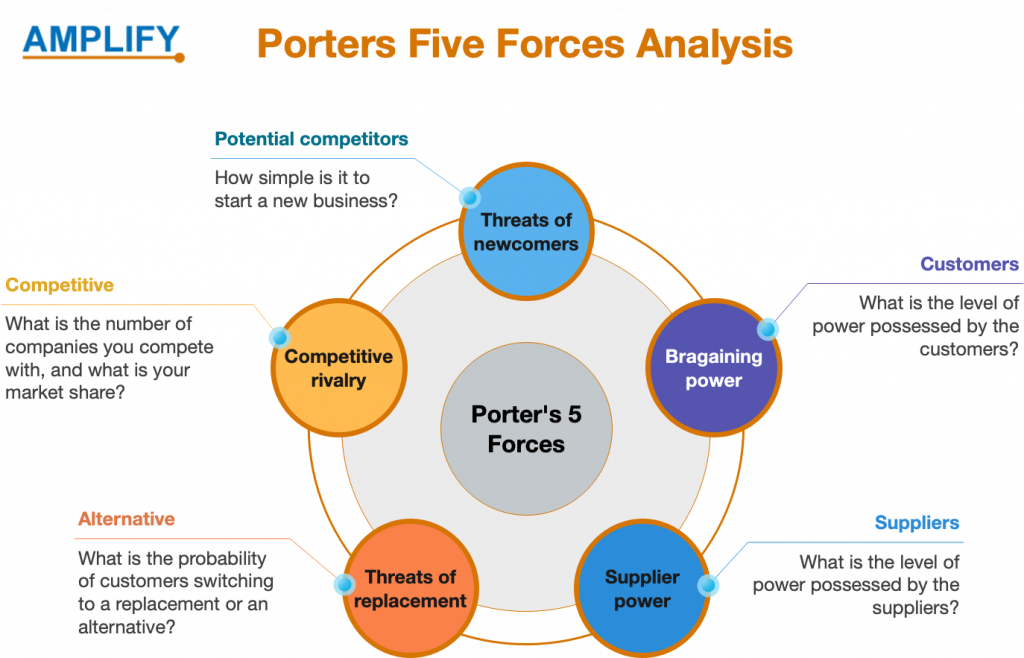The Critical GTM Mistake Deep-Tech Companies Make When Scaling And How to Fix It

Scaling a deep-tech company is challenging—not because the technology lacks innovation, but because the go-to-market (GTM) strategy often doesn’t align with the product, market, or customers.
Many founders invest heavily in research and development, assuming that groundbreaking technology will naturally attract customers. However, even the most advanced solutions won’t sell themselves, especially in B2B markets with long decision cycles and adoption barriers. Without a structured GTM strategy, companies risk slow growth, missed opportunities, and even failure.
Where GTM Strategy Fails in Deep-Tech Scaling
Targeting Too Many Markets at Once
Many companies attempt to enter multiple industries simultaneously, leading to diluted messaging and slower adoption. A focused approach is essential for strengthening customer engagement and accelerating sales cycles.
Lack of Market Education
Deep-tech solutions often introduce innovative concepts that require clear explanations. Potential buyers are unlikely to adopt the technology if they do not fully understand its value, making a well-structured education strategy essential for driving adoption and reducing friction.
Underestimating B2B Sales Cycles
Enterprise adoption is a gradual process that often requires pilot projects, proof of concepts, regulatory approvals, and seamless integration. These factors extend sales timelines, and without a strategic plan to navigate them, companies may deplete resources before achieving traction.
Misaligned Pricing Models
Pricing deep-tech solutions is inherently complex. Even for groundbreaking technology, barriers can arise if the pricing structure does not align with how customers assess value.
Weak Industry Partnerships
Unlike SaaS companies, deep-tech companies cannot scale alone. Success often hinges on strategic partnerships with manufacturers, infrastructure providers, and industry leaders. The right alliances accelerate market penetration and drive sustainable growth.
How to Align GTM Strategy with Market Realities
A misaligned GTM strategy can prevent even the most innovative deep-tech products from gaining traction. To develop a scalable and practical approach, companies must refine their strategy across key areas, including platform selection, audience targeting, content development, and success metrics.
Choosing the Right Platforms
Your GTM strategy must align with the platforms where your target customers and industry partners are most active. LinkedIn is essential for B2B networking, thought leadership, and targeted outreach, making it a primary channel for deep-tech companies.
YouTube and company blogs play vital roles in market education, providing case studies, product demonstrations, and technical explainers that simplify complex innovations. Your website and dedicated microsites should serve as central hubs for lead generation, offering in-depth resources and facilitating pilot program signups.
Industry events such as trade shows and conferences are critical for showcasing innovation, building strategic partnerships, and validating market fit in real-world settings. Additionally, meetups and webinars on Zoom, Microsoft Teams, and Google Meet provide direct engagement opportunities with early adopters and potential customers through education-driven discussions and live demonstrations.
By leveraging these platforms strategically, deep-tech companies can establish credibility, strengthen relationships, and accelerate market adoption.
Defining the Target Audience
Deep-tech companies should avoid broad targeting and instead prioritize high-impact segments. Business users and industry leaders, particularly key decision-makers in enterprises, play a critical role in driving adoption. Government and niche markets can also be valuable targets, especially when the technology aligns with policy-driven innovation or regulatory frameworks. Additionally, engaging opinion leaders and media outlets strengthens thought leadership and enhances credibility within the industry.
Content Strategy for Market Education
Since deep-tech adoption relies heavily on customer education, content must bridge the knowledge gap by simplifying complex concepts and demonstrating tangible value. Case studies and best practices highlight real-world applications and ROI, helping potential customers see the benefits.
How-to guides and beginner-friendly content break down technical concepts, making adoption easier for non-expert audiences. Whitepapers and research-backed reports establish authority and position the company as an industry leader.
Expert interviews and testimonials from early adopters enhance credibility, providing validation from trusted voices. Demos and live experiments create hands-on engagement, allowing customers to experience the technology firsthand and develop a more profound interest.
By integrating these content strategies, deep-tech companies can effectively educate their market and accelerate adoption.
Key Metrics to Track
It’s beneficial to monitor key performance indicators to evaluate and enhance the effectiveness of GTM strategies. Metrics related to engagement and branding, like interactions on LinkedIn and views on YouTube, are valuable for gauging the influence of thought leadership efforts. Additionally, lead generation and email signups from whitepapers, webinars, and case studies provide insight into market interest and possible conversion rates.
Dwell time and click-through rates provide insights into how well content educates and retains audience attention. The ROI of events and trade shows should be evaluated by tracking the number of leads and partnerships generated from conferences and networking events.
Finally, market penetration metrics—such as customer surveys, web analytics, and exit rates—help refine messaging and optimize GTM strategies for sustained growth.
Aligning GTM with Deep-Tech Realities
A structured GTM strategy must align with deep-tech’s long adoption cycles and complex sales processes. To succeed, deep-tech companies should target a niche market, engaging early adopters within a single vertical before expanding. Investing in market education is essential, with content strategies designed to bridge the knowledge gap and drive adoption.
Since B2B sales cycles are inherently long, securing adequate funding is critical to sustaining extended timelines and preventing premature resource depletion. Additionally, deep-tech should prioritize developing a strategic partnership network rather than relying solely on direct sales. Collaborations with manufacturers, infrastructure providers, and industry leaders can significantly accelerate market penetration and strengthen credibility.
Scaling deep tech is about achieving product-market fit and GTM-strategy fit. Even the most advanced technology will struggle without a structured, adaptable approach to market expansion.
Would you like help with this approach? Join Amplify Now Global
Optimizing Resources for Global Expansion
Allocating resources wisely is critical for an effective GTM strategy, particularly when scaling internationally. Expansion can quickly strain financial reserves, making it essential to optimize costs. One strategic approach is to partner with firms like Amplify Now Global, which specialize in local markets and have established industry connections. Their expertise streamlines market entry and minimizes unnecessary expenditures.
International travel comes with significant upfront costs, including airfare, accommodations, and transportation. Additionally, time spent abroad means less focus on the home market. Instead of allocating substantial resources to travel, hiring experienced GTM experts in the target market is often a more cost-effective and scalable approach.
By adopting a structured GTM strategy and leveraging market expertise, deep-tech companies can scale effectively while preserving valuable resources.
Free Consultation With Our Advisors
Let us empower your expansion plans and set you on the path to success in the global marketplace.
Create your Support Program
Our Bespoke program offers the versatility to cater to your specific needs.





















